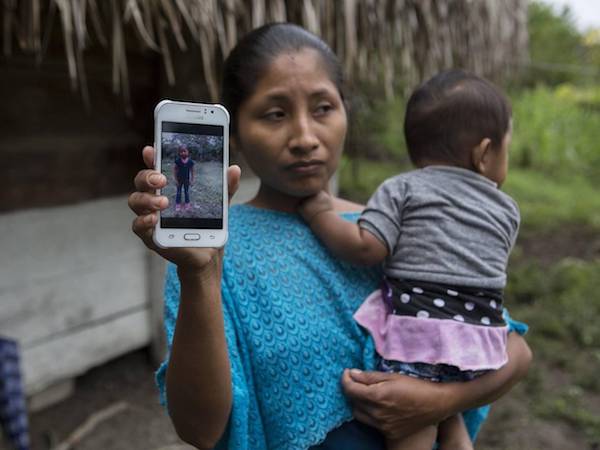
The Indian Space Research Organisation (Isro) successfully launched the Brazil’s Amazonia-1 satellite Sunday. Polar Satellite Launch Vehicle (PSLV) C51 mission carried the earth observation satellite along with 18 co-passenger satellites, including a nanosatellite from Isro, three UnitySats by an academic consortium, and a demonstration satellite by another start-up, Pixxel (incorporated as Syzygy Space Technologies). In a first, Prime Minister Narendra Modi’s picture has been engraved on the top panel of the spacecraft Satish Dhawan Sat (SD SAT), one of the co-passenger satellites from Chennai-based Space Kidz India (SKI). “This is to show solidarity and gratitude for his (PM’s) Aatmanirbhar initiative and space privatisation”, SKI had earlier said. The satellite also carries Bhagavad Gita in SD (secured digital) card. The nanosatellite also carries three scientific payloads — one to study space radiation, one to study the magnetosphere, and another that will demonstrate a low-power wide-area communication network.





Be the first to comment